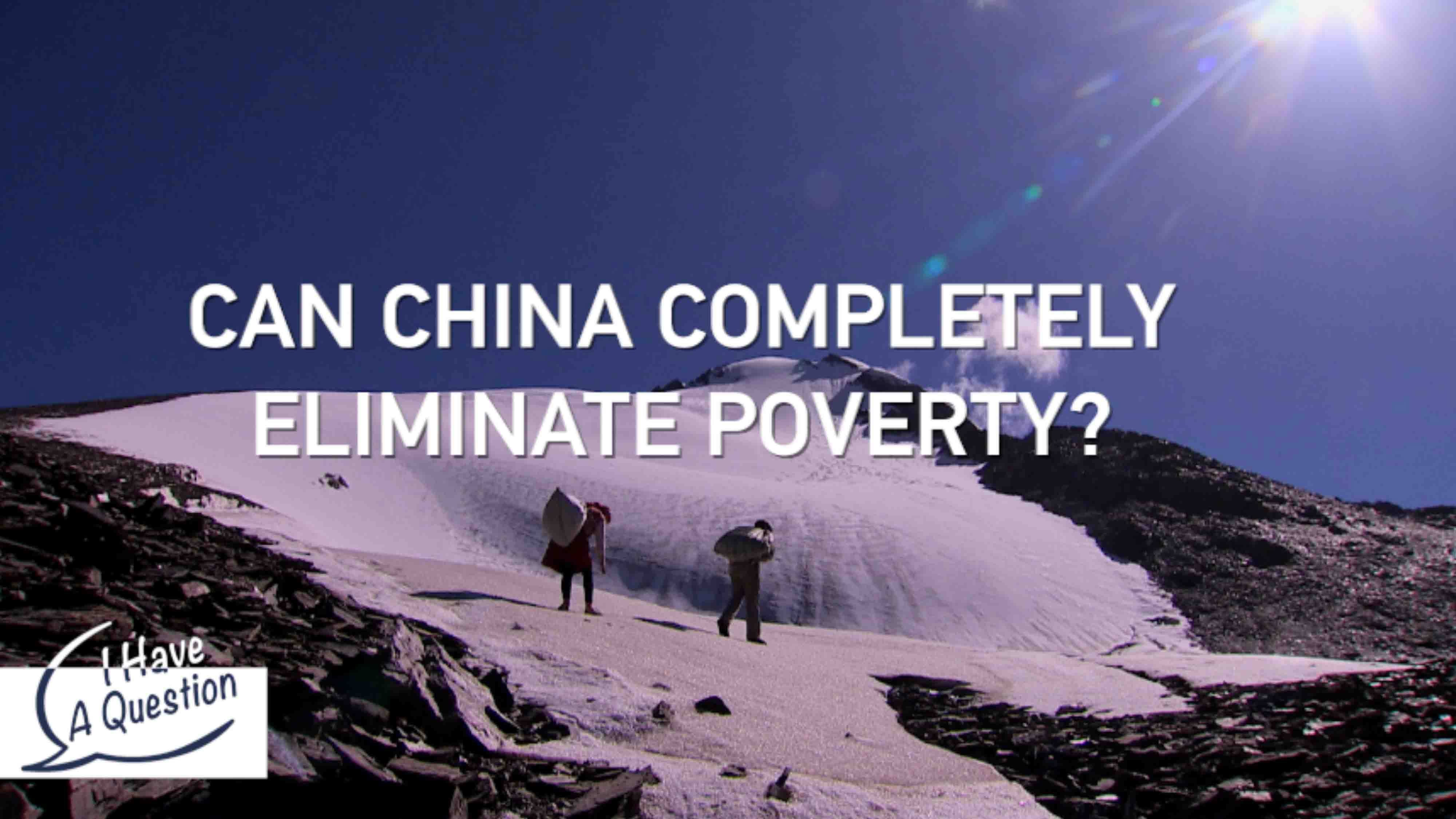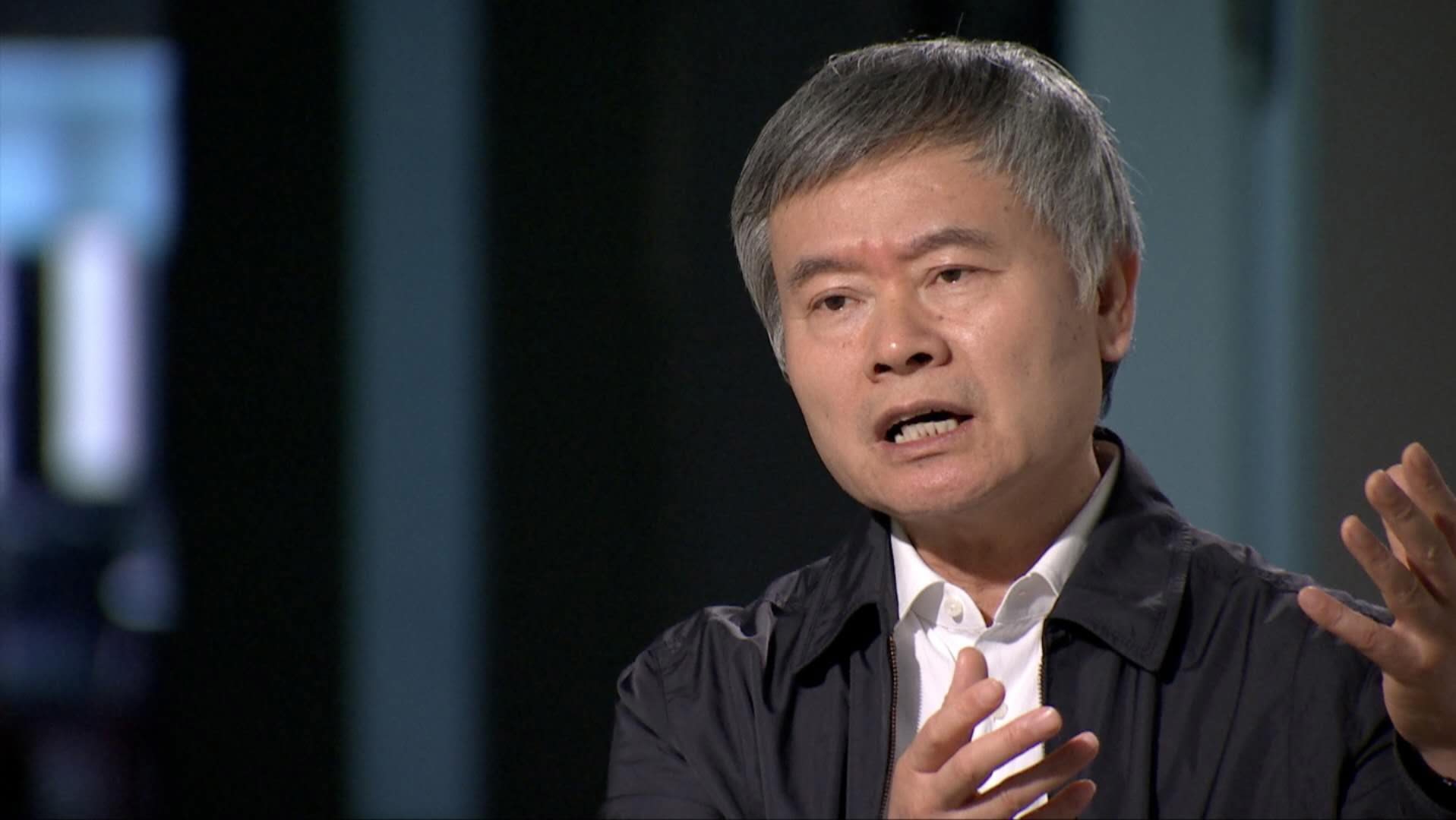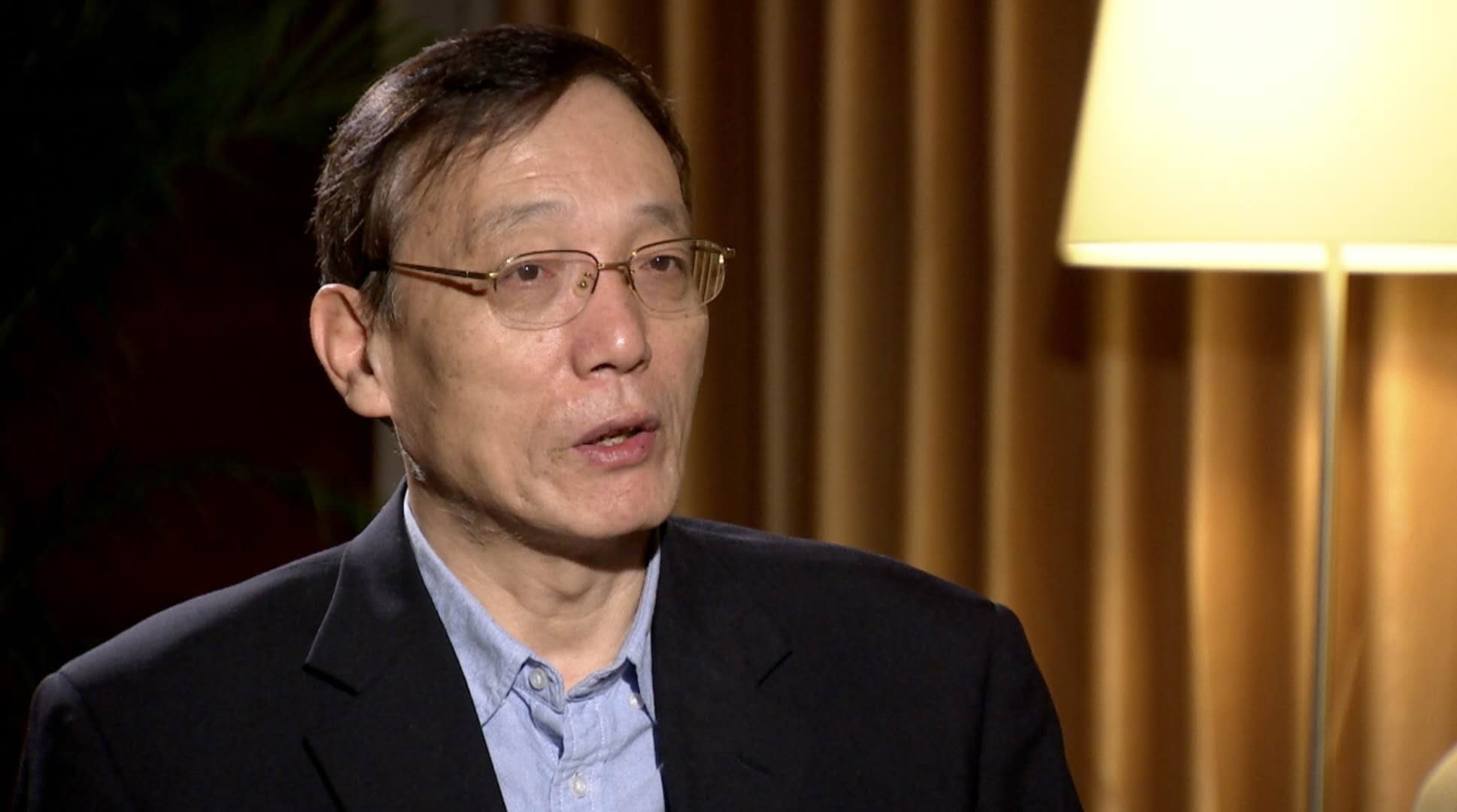
Politics
22:58, 06-Mar-2018
I HAVE A QUESTION: Can China completely eliminate poverty?
By Han Bin, Wei Lynn, Zhuang Yuying

HOW CAN CHINA ERADICATE POVERTY?
As China fast approaches its final three years to completely eradicating rural poverty, policymakers are now turning their focus to finding the best way to fundamentally fight poverty in the longer term.
This comes as poverty alleviation, according to Cai Jiming, a National People’s Congress (NPC) deputy, is an ongoing journey.
“When 2020 comes, China’s population will be out of poverty and we will overall be a well-off society. Our average income will have reached the middle-class level… but, note that the poverty line will correspondingly increase,” Cai explains.
Cai, who is also a professor at Tsinghua University, adds that the term “targeted poverty alleviation” can only be used relatively.
He brings to light the difference in advantages between those who are out of the country’s poverty line (households with an average income of RMB 3,000 a year), and those just hovering below it.
“For instance, those who fall below the poverty line are treated as poor and can enjoy affordable housing or medical care. But what about those who are earning, say, 3,001 RMB a year? The treatment isn’t equal,” Cai says.

Cai Jiming is for the relocation of villagers into the cities, citing industrialization and urbanization as a way to tackle long-term poverty. /CGTN photo by Wang Jigang
Cai Jiming is for the relocation of villagers into the cities, citing industrialization and urbanization as a way to tackle long-term poverty. /CGTN photo by Wang Jigang
But to give credit where credit is due: China has lifted over 68 million people from rural regions out of poverty over the past five years, according to Chinese Premier Li Keqiang. The country’s goal this year: to lift another 10 million more.
IS RELOCATION THE ONLY WAY?
Most – if not all – of China’s extreme poor are living in villages and border areas.
One of the government’s key strategies is to relocate these villagers to locations near the cities, where accommodation will be provided for.
Of course, one option is to repair the roads leading to the rural areas, and provide the border areas with electricity and Internet, Cai says, where this method is almost similar to attracting the villagers to the cities.
“But what’s different is: the former method (of turning around rural areas) is less attractive, while the latter (of relocation into the cities) takes only half the effort but rakes in twice the results,” says Cai.
Cai argues that relocation is a wise move because nature’s ecological balance will be restored to its original state.
As for those who are unwilling to resettle, Cai suggests to use the soft persuasion approach instead of force. “We have to give them the time, freedom and choice to decide. If they [still] choose to stay back, we can only provide them the financial capacity to live a potentially equivalent life [as they may have in the city] – but this is harder.”
Meanwhile, Liu Shijin, a Chinese People’s Political Consultative Conference (CPPCC) member, believes it all depends on the circumstances.
“We can provide them [villagers] with the conditions to start a business, be it to open up markets at their hometown, bring in raw materials and tools, and offer them training. It can be made an industrial project,” Liu says.
“But, for areas which are just not economically conducive to operating a business, these villagers need to head out-to places where there is high productivity and production capacity in manufacturing services,” Liu, who is also former deputy director of China’s State Council, adds.

Liu Shijin calls out to villagers that they do not have to be “stuck,” per se, in one place if business operating conditions there are simply not conducive. /CGTN photo by Wang Jigang
Liu Shijin calls out to villagers that they do not have to be “stuck,” per se, in one place if business operating conditions there are simply not conducive. /CGTN photo by Wang Jigang
ALLEVIATING POVERTY A LONGER-TERM GAME
Cai Jiming suggests two ways to tackle poverty alleviation in the longer-term – both which really are linked to one another.
Firstly, it’s to reduce the population of those living in the rural area. Secondly, it’s through the process of industrialization and urbanization.
He says as a large volume of villagers relocate into the cities, the 10-20 percent left would have more land to reattempt agricultural production.
Meanwhile, Liu Shijin opines the most important thing is to establish a new institutional mechanism via the reorganization of flows of resources.
To turn cultural advantages and traditions into something economic, he says, citing how ethnic minorities can preserve what they have but at the same time add value, modernize, and turn their heritage into a poverty alleviation project.
“How to reverse, correct, and develop the need to pursue entrepreneurship from within,” Liu says.
And for those who are unable to go to university, Liu says there is the option of a technical school – as a way out.
To put it simply, Liu deems the market economy as the most important process for poverty alleviation, and any method or approach has to come from a market standpoint.

SITEMAP
Copyright © 2018 CGTN. Beijing ICP prepared NO.16065310-3
Copyright © 2018 CGTN. Beijing ICP prepared NO.16065310-3